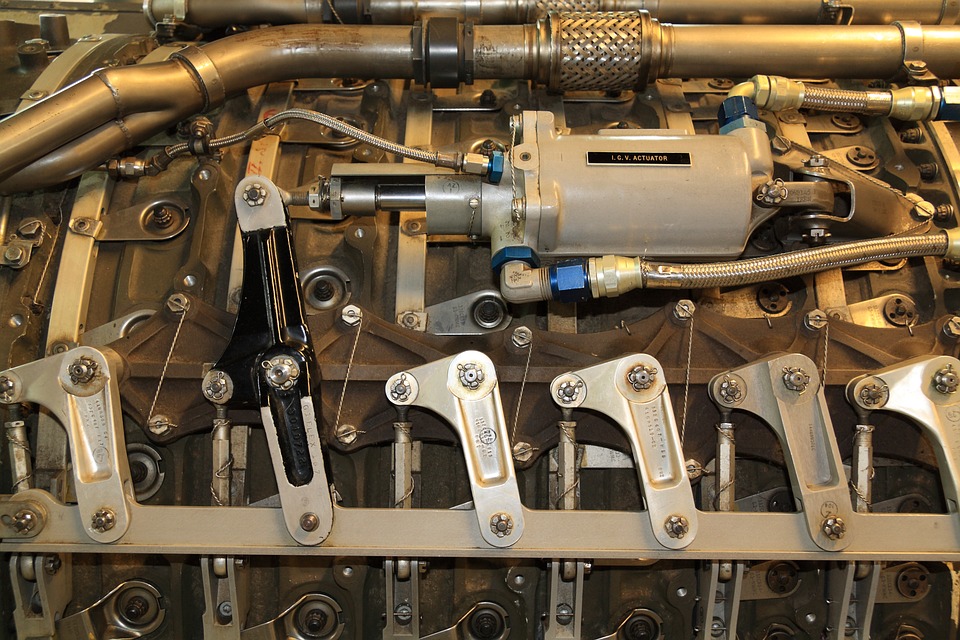Many times a hydraulic seal fails. The problem may be elsewhere in the system, and it isn’t always the seal itself. Trying to repair the problem by simply replacing the seal will worsen the condition. It will also increase the frequency of repairs, resulting in increased maintenance costs and decreased productivity. So how do you prevent frequent seal failure? Read on to learn how to properly diagnose and repair hydraulic seal problems. Here are some of the best practices to follow for Hydraulic Seal Replacement:
Make sure you use the right kind of seal for your machine. If you choose the wrong kind, it will not hold the pressures well and may fail quickly. The wrong type may also lead to a leaky hydraulic system. If you’re not sure how to properly install a hydraulic seal, you can ask a professional to do it for you. A professional can ensure that the installation is done correctly, saving you the hassle and safety concerns accompanying a DIY job.
Make sure the area where the seal is being installed is clean and free from dirt and grease. If it’s an outdoor job, you can use a tarpaulin. You’ll need to clean a clean surface if you’re working inside. A tarpaulin can be handy for a clean, dust-free working area. When replacing the seal, be sure to keep hydraulic fluid pipes closed.



